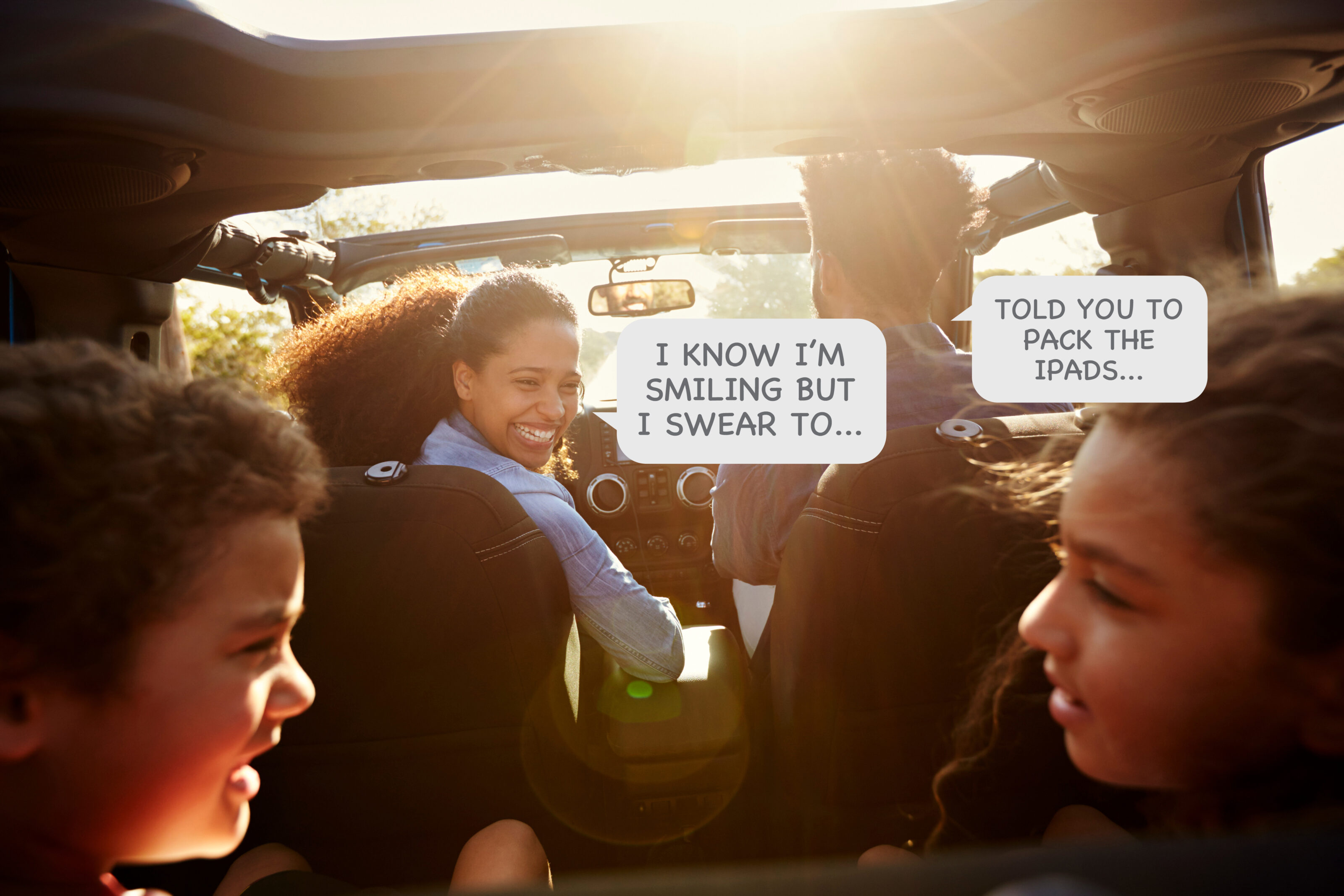
With the school holidays either here or around the corner – depending on where you are – a lot of people will be heading out of town for a decent break.
Given the state of travel over the past few years, a lot more of these trips will be done on the road, right here in Australia.
Of course, school holidays means more families taking long trips, making it one of the worst times for frustration and fatigue leading to road accidents, demerit point penalties, revoked driving licences – and for peak-time traffic gridlock.
The key to avoiding these pitfalls and staying safe on the road is all in the preparation.
To help you get through these holidays safely and happily (depending on how old your kids are…), here are some important tips for staying safe on the road.
Road trip safety: Check your vehicle
There is nothing worse than a car breakdown on holiday, particularly when many businesses close for the break or enjoy themselves a captive audience to charge top dollar for getting you back on the road again.
Be sure to have your car serviced early if it’s coming due, and at the very least, check your fluids, wipers and tyres – including your spare! (If your car has a spare…)
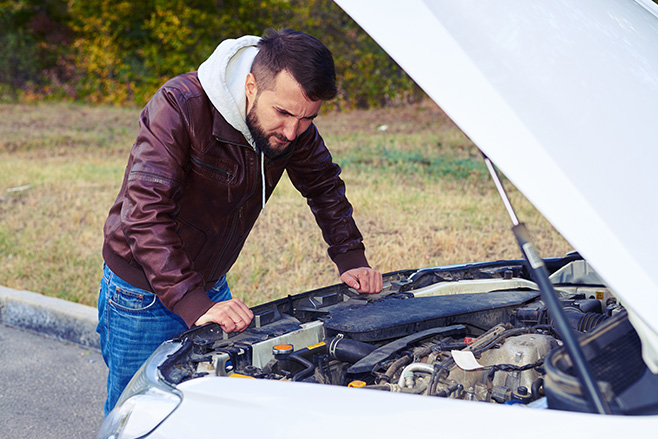
The Federal Chamber of Automotive Industries has a simple checklist of tasks to be ticked off when preparing for a road trip.
“On holidays, we’re driving our cars further than usual, but that’s not all. We’re packing them with passengers and presents before heading onto unfamiliar, often high-speed roads.
“Little things can make a difference to road safety. A car equipped with the latest safety equipment can’t replace worn tyres or see an oil leak,” says Tony Weber, chief executive of FCAI.
10 things to do before your family road trip
We’ve also included some links below to relevant stories and guides that might help you with each of these points!
- Get a grip – check your tread
- Rubber side down – tyre damage check
- Pump it up – tyre pressure check
- Don’t be a drip – oil leak check
- Stay chill – coolant check
- Dipstick dive – oil level check
- Hoses – hose check
- Registration procrastination – rego check
- Clean the car – interior check
- Genuinely safe – parts check
Plan your time and route, and consider the road less travelled
The Friday afternoon exodus can be chaotic, with the usual gridlock of home-going workers doubled up with families and friends trying to sneak off early.
It can often be better to leave later – after the peak-hour flow, or first thing in the morning – than adding to the gridlock and getting the red mist of road rage.
Part of the adventure can be taking the scenic route, or taking roads that get you away from the highways and the traffic.
Provided you aren’t in the peak-hour times, going via the old roads can be far more enjoyable, and you can indulge in some great turns, good food and stunning vantage points.
Remember, though, that your passengers might not appreciate winding roads!
Get ‘appy
Check out and download some live traffic apps, and review your route before you go.
Live updating navigation like Waze and Google Maps can track your route and find alternate ways around roadblocks and traffic on demand, while downloadable apps such as Live Traffic (NSW) provide congestion information overlaid on live time maps, letting you know if your gridlocked road frees up around the next corner, or whether you should take the next exit and find another way around.
These apps and websites usually offer live camera feeds, speed camera locations and major roadworks as well.
Of course, these should be in the hands of your passenger. Even in a cradle, using apps like these can be too distracting for a driver while the vehicle is in motion.
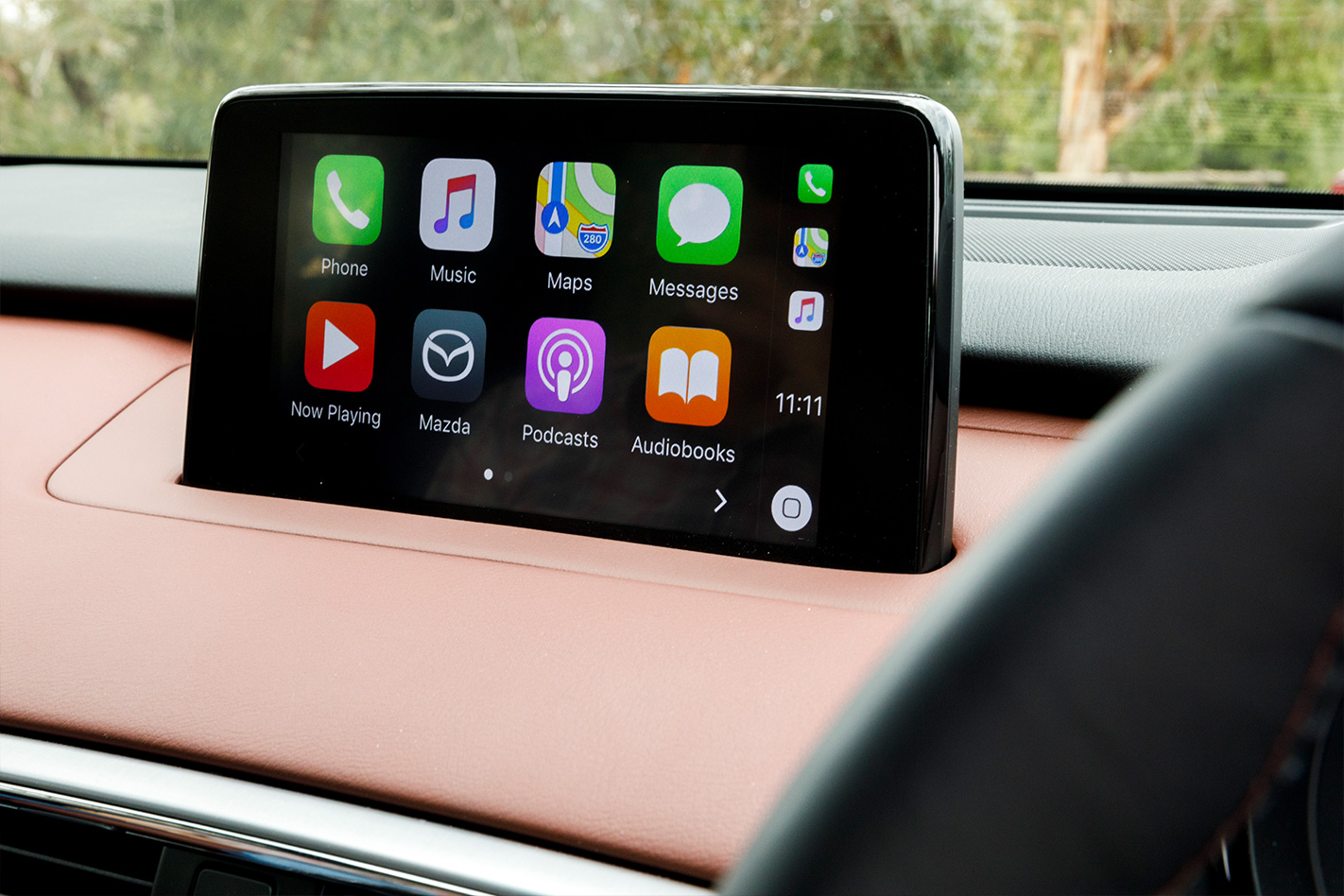
Check out these apps for your state
- NSW/ACT – NSW Government Roads and Maritime
- VIC – RACV
- QLD – Traffic Brisbane via iTunes and via Google Play
- SA – Addinsight
- NT – Road report
- TAS – Tasmanian Government’s Tas Alert
With petrol prices always being volatile around holiday times, crowd-sourced apps like FuelMap provides a database of where best to refuel, while also being a personal petrol log.
Also consider apps that make your journey more enjoyable such as Spotify, which is a great way to collate playlists to suit everyone, as well as podcasts, radio series and even comedy acts.
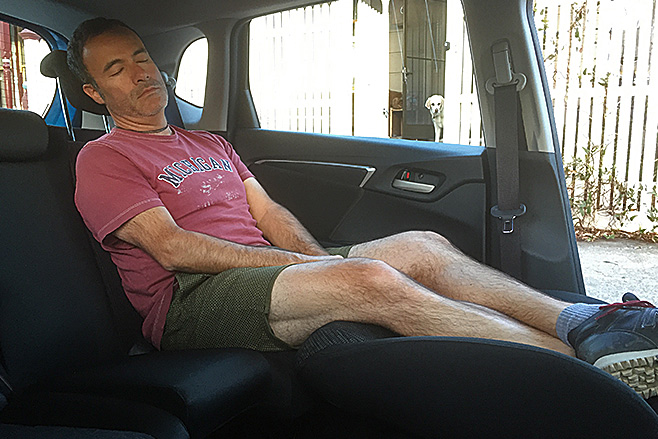
Driver reviver, rest areas and stopovers
You should stop and stretch for at least 10 or 15 minutes every two hours – so when you plan your route, plan your rest stop.
Each holiday season, up to 200 Driver Reviver Sites can be found on major roadways across Australia. Run by volunteers and sponsored by tea and biscuit companies, the Driver Reviver sites aim to reduce fatigue by serving up free tea, coffee and a bikkie by the roadside. A list of sites can be found at the link above.
Rest areas have improved immensely over the past decade, and some particularly pretty stops with clean facilities can be found along major routes.
And of course, there are fabulous cafes and hidden gems in most towns, so be sure to get off the highway and get your traditional scones and jams from the country café or big burger at the truck stops – TripAdvisor.com.au is a great resource for honest reviews and foodie photos.

Travelling with children
There was a time when keeping kids happy, refreshed and entertained during a road trip meant giving them a pack of chips and encouraging them to play ‘I Spy’ or to sing along to the radio.
But kids have their limits, and even as car interiors improve and infotainment systems became more advanced, they can still become bored and irritable leading to inevitable rear-seat conflict.
Here’s a list of items and ideas to keep the little darlings occupied to ensure mobile bliss and safety on the next family road trip for when the usual family road trip games wear thin.
Travelling with pets
If you aren’t taking your beloved furry family with you, be sure that someone you trust is aware that they are home and can access them.
Even if you are just tripping away from home overnight and leaving food out, you must let someone (preferably with a key to your place) know about it. If you are involved in an accident or mishap, your animals can be looked after.
If you are travelling with your pet(s) be sure it’s safety restrained. It’s not uncommon to see pets unrestrained in cars, sitting on drivers’ laps or hanging their head out an open window, but these situations can end in disaster or serious injury.
Each state in Australia has its own set of rules and regulations, so be sure to look up any laws of states you’re travelling through.
As a general rule, pets should be kept away from the driver to avoid distraction, and appropriately restrained to prevent it leaving the vehicle. Check out our story on car harnesses and barriers to keep your pet safe and secure.
Pet-friendly travel checklist
- Treat against ticks and fleas
- Feed at least two hours before travelling — don’t leave with a full tummy!
- Go for a walk before you set off
- Things to pack:
- tick wash
- wet wipes and tissues for sickness mishaps
- plenty of poo bags
- fresh drinking water and a non-spill bowl
- plenty of your pet’s favourite food
- your pet’s bedding
- an extra leash
- a copy of vaccination certificates
- Take regular toilet breaks
- Keep your pets leashed when you stop in unfamiliar places
- Make sure your pet is microchipped or has an ID collar (ideally both)
- Pets should be restrained in vehicles — don’t drive with a pet on your lap!
- Don’t leave your pets in the car unattended (especially in hot weather)
- Invest in a good car harness or cat carrier
- For cats, invest in some Feliway spray

Know the double demerit days
Not that we should be speeding or breaking the law on any day – but double demerit periods are even more incentive to take it easy and be extra attentive behind the wheel.
Check with your state’s road authority to find out the dates on which double demerits will be in effect.
Driving at night or towing
Driving at night, and towing, can be quite stressful and tiring for a driver – even if you don’t realise it at the time.
You need a bigger braking gap in both instances, and constant checking in mirrors or peering into the darkness can speed up fatigue. Be sure to take more breaks, and factor this into the timing and planning of your trip.
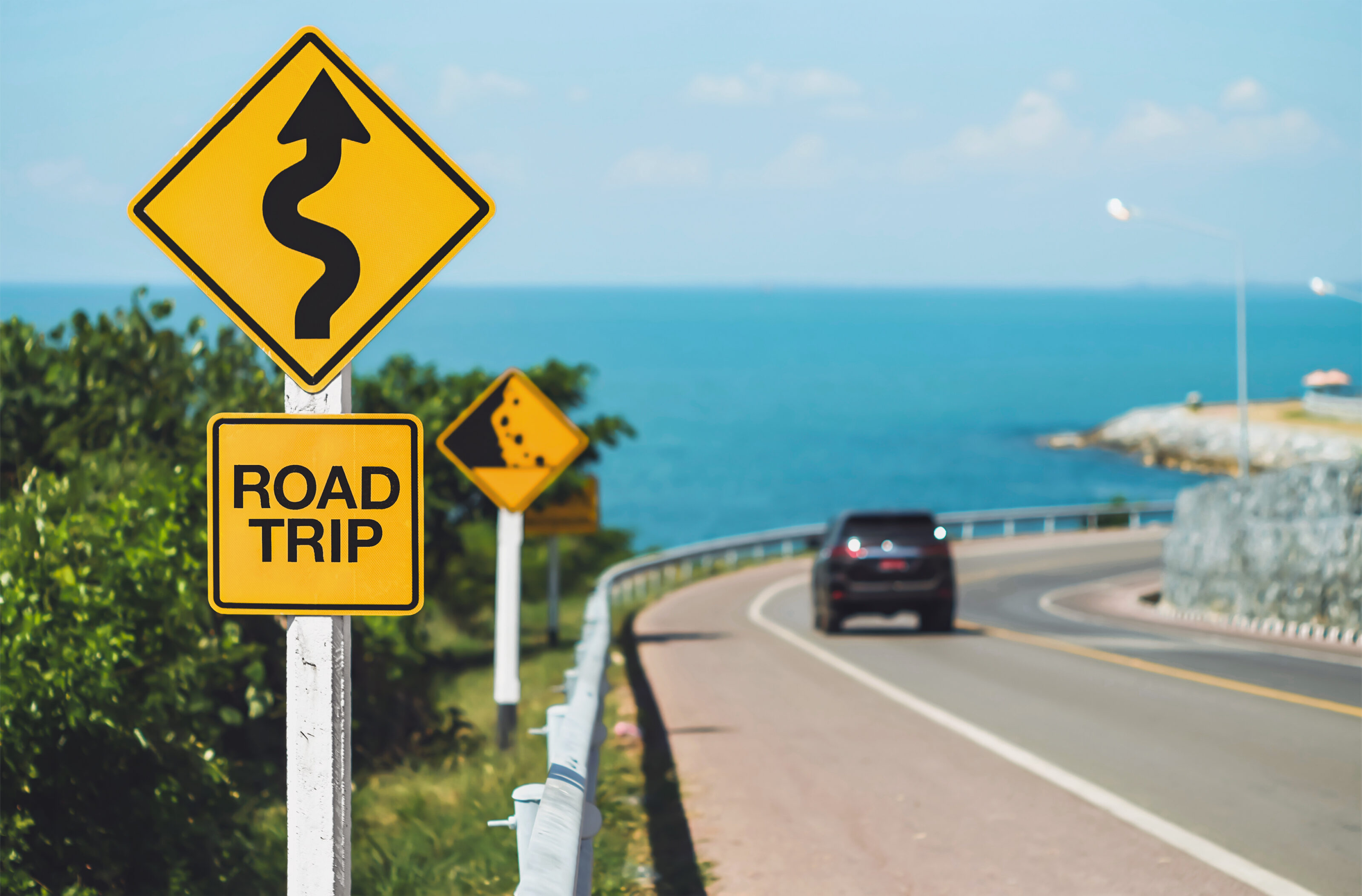
Winter school holiday dates 2023
- ACT: Saturday 1 July – Sunday 16 July 2023
- NSW: Monday 3 July – Friday 14 July 2023
- NT: Saturday 24 June – Monday 17 July 2023
- QLD: Saturday 24 June – Sunday 9 June 2023
- SA: Saturday 8 July – Sunday 23 July 2023
- TAS: Saturday 8 July – Monday 24 July 2023
- VIC: Saturday 24 June – Sunday 9 July 2023
- WA: Saturday 1 July – Sunday 16 July 2023
Please, drive safely – and enjoy your holiday!
Remember, road safety is everyone’s responsibility – no matter what you think of other drivers – so make sure to do your part to keep everyone safe on the roads.
More guides to help you choose the best car & tyres for your needs
- All tyre news & reviews
- Longest warranties & capped-price servicing period
- Buy new or used?
- Best cars for your teenager
- Must-have features for new drivers
- Active safety tech explained
- Australian road rules explained
- Does driving slower save fuel?
- Does my car need the pricier fuel?
- Help, I’ve used the wrong fuel!
- What is a hybrid car?
- How long do tyres last?
- What shoes should I wear to drive?
- What to do after buying a new car
- How much does LCT add to a car’s price?
- The ‘check engine’ light just came on…
- Is it illegal to drive too slowly in Oz?
- FWD v RWD v AWD – which is safer?
- How much can my large SUV tow?



